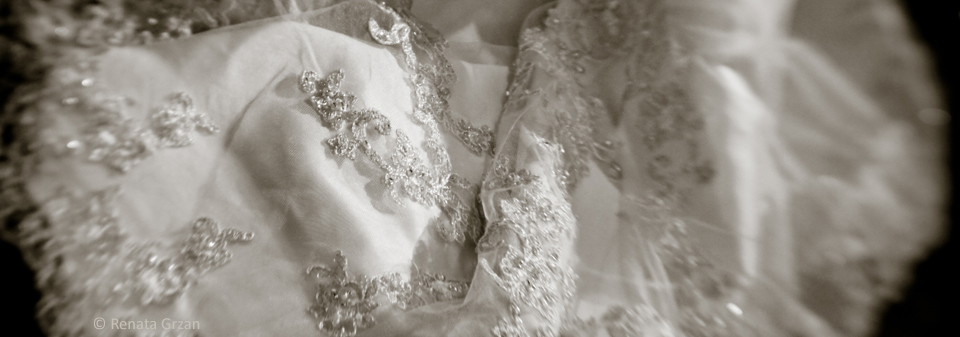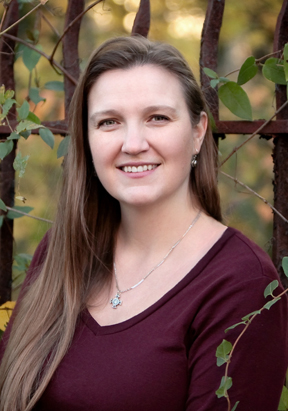TV (or Shutter Speed) and AV (or Aperture), are the primary ways to control your exposure or how much light passes through the lens.
The shutter (here is an image of a leaf shutter system) of the camera opens can closes at particular speeds in order to allow a specific amount of light to hit either the film or the camera’s sensor. The longer or slower the shutter speed equals more exposure and the faster the shutter speed equals less exposure. Shutter speed is normally measured in fractions, such as 1/125 of a second, and the range of speeds depends on the camera type.
The faster the shutter speed the more it freezes motion and the longer the shutter speed the more movement will be captured. For example, if you would want to capture a sprinter as he runs past you and freeze his motion, you would use a high shutter speed like 1/2000 of a second. If you wanted however to show motion, like the runner streaking past you in a blur to indicate how fast he was going, then you would slow down the speed to something like 1/30 of a second for example. It all depends on what look you were going for.
Camera shake occurs when the shutter speed is low, say less than 1/30 of a second, because the photographer may not be holding the camera still enough. So not only will he capture the motion in the scene he is shooting, but he will also capture the motion of how he’s moving the camera. Camera shake really depends on how still the photographer is able to hold his camera and everyone is different. To minimize camera shake, it is good to practice ways of bracing your elbows against your body or leaning on something sturdy and of course using a tripod would eliminate camera shake altogether if used properly. Depending on ability, practice and a suitable subject, it is possible to hand hold a camera at speeds as low as a ¼ of a second if need be.
Aperture is the size of an adjustable hole that sits in front of the shutter and also controls the amount of light that hits the film or sensor. Apertures are measures in f-stops usually between f/2, f/2.8, f/4, f/5.6, f/8, f/11, f/16 but that also varies depending on the lens or camera (if it’s a point and shoot).
Now this part may be a little confusing: the larger the f-stop number, the smaller the whole and the less light that passes through, and the smaller the f-stop number, the larger the whole and more light passes. See the f-stop diagram for a visual.
As well as the size of the aperture controlling the amount of light, it also controls the Depth of Field or how many things are in focus between the lens and the farthest thing in your scene or subject. The wider the aperture (or the larger the hole like f2.8) less planes will be in focus, giving a shallower depth of field, while the more narrow aperture (or smaller hole like f22), more things will be in focus, having a greater depth of field.
The aperture control is a great tool when making creative choices like wanting to take a portrait of someone and you would like to blur the background in order to make your subject stand out more. Or sometimes you just don’t like the background and it looks too busy or unappealing and you don’t want it in your picture. Conversely, if you are in Paris and you want a nice clear shot of you and the Eiffel Tower together, you’d want a narrower aperture like f22 to make sure both focus points are sharp. [More on the creative use of depth of field in another post.]
So how does Shutter Speed and Aperture control Exposure?
Shutter speed and aperture work together to control how much light passes trough the lens. The slower the shutter speed and the wider the aperture, the more light will pass, the faster the shutter speed and the narrower the aperture the less light will pass. So the last thing you want to do is take a picture of someone in full sun with a setting that reads 1/4 at f2, because you will have an overexposed image, probably almost white, or set the camera at 1/1000 at f22 at night or very low light and you will get a dark, underexposed images for sure.
In Auto mode, the camera chooses these settings for you based on what it thinks you are taking a picture of. If you wanted to have greater control over the aperture and shutter for creative purposes, normally you would choose what’s most important in any given shot. If you need to freeze motion then you need to choose a fast shutter speed and you make the shutter speed the priority. Some cameras have TV Priority mode where you select the shutter speed and it selects a corresponding aperture that will give you a basic exposure for middle grey. [See my last post for a refresher on middle grey.] Or conversely, if you want to blur out the background for example, you could put the camera in AV Priority mode or aperture priority by telling the camera you are choosing the aperture based on your desired depth of field and you want it to choose an appropriate shutter speed. Then to fine tune your exposure you can turn the Exposure Compensation dial to over or underexpose by a stop if needed.
For maximum control you can set your camera to Manual mode and choose both the Shutter Speed and the Aperture (bypassing the need to use the Exposure Compensation dial for corrections). You would need to accurately meter your subject of course to be able to get a light reading to know how to set your TV and AV. One easy way would be to use one of the priority modes to get you some TV and AV numbers to start with and then switch to Manual mode to further adjust your TV or AV to where you want it. The advantage to being in Manual is that your TV and AV won’t change from shot to shot. So if you are shooting several frames of the same scene and you want the same exposures for all of them, then Manual mode would be a good choice because in any other mode, the camera takes a reading each time you take the picture. If a flash of light or something dark, (that is not important in your subject) pops up, it can throw off your exposure and you’ll need to start over with ever shot to make sure your exposure is correct, and you’ll be turning that Exposure Compensation dial back and forth a lot.
There’s a lot in this post, but understanding TV and AV is not only important for choosing creative effects but for setting the correct exposure as well. Try locating those modes on your camera and do some experiments with changing the settings. If you don’t have a camera, try learning to see depth of field by holding your finger out in front of your eyes, then focus on it and switch to something in the background, then back again, each time focusing on different distances. Notice how different planes come in and out of focus at different times.
Up for a little fun? Click HERE for a really great online tool to practice these concepts with. Read the explanation below the virtual camera to see how to dial in your desired aperture and shutter speed combinations and how to use the other features. Have Fun!
Also, look at my last post of photos and try and guess whether I used a narrow or wide aperture on the various images. This will help you see how depth of field looks and works.
Next week I’ll talk about ISO and how that affects both Aperture and Shutter Speed.



